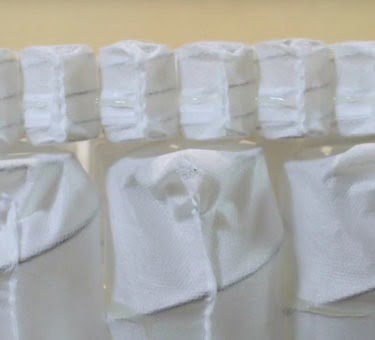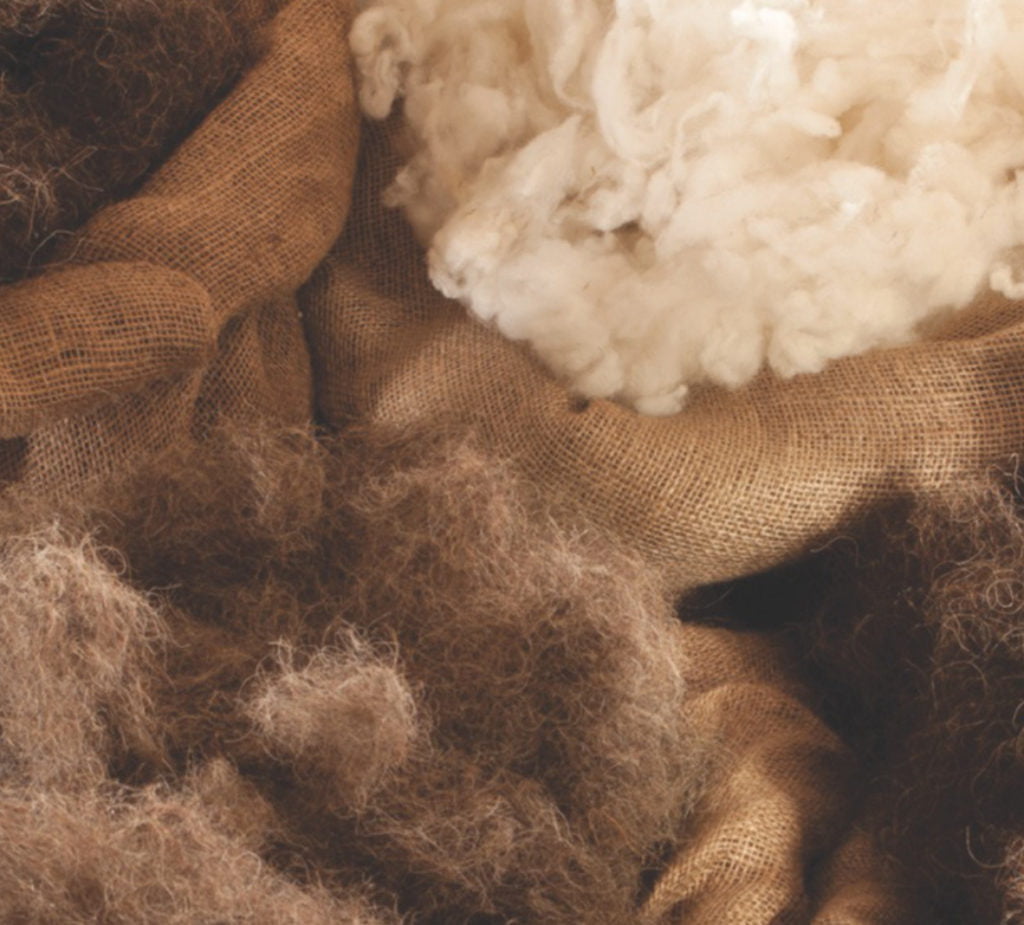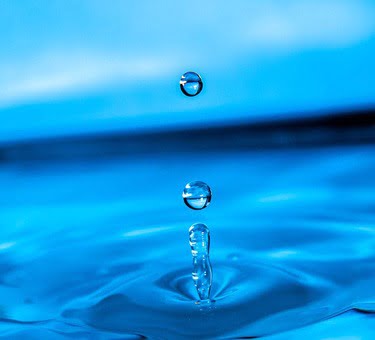
Mattress buying guide
How to choose a mattress
Bed Buyers’ Guide
Mattresses may look similar, but the differences within are vast.
This mattress buying guide gives a brief overview of some of the main options when deciding how to pick a mattress for you.
The outside of a mattress
The first thing you’ll notice about a mattress is its cover – known in the trade as ‘ticking’.
Manufacturers spend a lot of time choosing attractive colours and designs so their mattresses will look good. However, remember that 99% of the time it will be covered up with bedclothes!
The ticking is not just there for its good looks. It also needs to be tough and tear-resistant. Better quality cloths are woven or knitted in high-quality viscose or cotton yarns. Cheaper cloths in polyester or polypropylene are often printed. At the budget end of the market are bonded or stitch-bond fabrics and some cheaper knits.
Ticking with special qualities is now also increasingly being used by mattress manufacturers.
Ticking with special qualities includes options such as anti-dust mite/anti-allergy, anti-bacterial, anti-microbial, anti-static, breathable, water resistant, stain resistant, highly absorbent, naturally fire retardant, etc.
One of the most popular options is ticking that offers effective thermal regulation through moisture wicking and evaporation technology. There are now quite a few companies offering performance fabrics that move perspiration away from the body and through the fabric where it can evaporate quickly, allowing you to feel cooler and more comfortable.

Quilting
A quilted mattress uses a decorative effect that attaches the outer fabric to the surface fillings. These mattresses tend to have a smoother, flatter surface than tufted mattresses.

Tufting
Tufting is where tapes are passed right through the mattress at regular intervals and secured each side by tags or washers. This prevents loose fillings from being dislodged.

Side Stitching
The side panels of some higher quality mattresses, particularly traditionally pocket spring mattresses, are hand side stitched which helps to keep the mattress in better shape for longer.
Types of mattress
When choosing a mattress, it’s important to understand the different types available. These can be separated into sprung and non-sprung mattresses.

Spring interior mattresses
The majority of mattresses in the UK have spring interiors, which provide the ‘core’ support.
Changing the spring construction, thickness (gauge) of the wire, the number of coils, height of each spring and the quantity alters the tension, feel and weight distribution properties of each mattress.
Spring interior mattresses can be ‘zoned’ across the middle to give extra support for heavier hips and shoulders. You can also buy half and half to provide different tensions on each side of the bed; or around the edge of the mattress to give it extra rigidity.
Different tensions can be achieved within the same mattress. Some units also allow the user to adjust the mattress tension themselves.
If you and your partner have different preferences, learn about zip & link mattresses.
Open coil or open sprung mattress
Also known as the Bonnell spring, an open coil is not as popular as it once was.
Open coil springs are arranged in rows and connected to one another, top and bottom, by a spiral helical wire with an outer rod strengthening the perimeter.
There are usually a minimum of 325 coils in a 5ft/150cm size, but some mattresses may have more.
These springs come in a choice of tensions, starting from a very firm 12.5-gauge wire.
Open sprung mattresses are priced from budget to mid-range. Learn how to buy a bed on a budget.


Continuous spring mattress
The continuous spring unit is made from a single length of wire ‘knitted’ into a series of interwoven springs, which usually run up and down the bed and are linked vertically rather than horizontally.
The gauge of wires used is softer and the size of the ‘coils’ smaller than open coil, giving a higher spring count and a more responsive feel.
Continuous spring mattresses are priced in the mid-market.
Pocket springs are small, softer springs that work independently from each other.
The springs conform and adjust to body contours and help to eliminate roll-together.
Spring counts typically vary from 600-800 up to 2,500, but can go up to 3 or even 4,000. Like other types of sprung mattresses, they are made in a range of tensions.
Pocket sprung mattresses are often more expensive and used mainly in higher-quality products.
Better-quality pocket springs are encased in calico pockets, hand-nested in a honeycomb pattern and centre-tied with linen cord.
Less expensive pocket springs are encased in fibretex or stitchbond fabrics and are lightly glued together in linear rows.


Mini spring mattress
A relatively new development in springs is the extra low-profile, mini spring, which can have a height under 3cm (1in). These units offer an alternative to more traditional fillings in providing a highly resilient comfort layer.
Mini springs can also be stacked together to form a very soft, high spring count mattress core.
Spring mattress fillings
Interior sprung mattresses use a wide variety of fillings to create different properties and comfort options, as well as affecting price.
Mattress fillings are chosen for their resilience, durability, flexibility and ability to absorb body moisture. In cheaper mattresses, fillings usually come in compact pads; in better quality models, layers of loose fillings in greater volumes are often preferred.
Cotton
Often used near the surface for its soft feel and its ability to breathe and absorb moisture.
Polyester
A synthetic material with good recovery properties.
Silk, cashmere, mohair and other fine, natural fibres
Used for additional luxury and insulation properties.
Hair
Highly resilient fibre, often described as “nature’s spring”. Available in pads or loose for high luxury.
Coir fibre pads
Made from coconut fibre, they are generally used next to the spring to insulate and prevent the spring from being felt or penetrating. Alternatives include compressed wool or synthetic pads.
Foam
Different types of foam are used for their cushioning effect. They include latex, polyurethane and visco-elastic (memory foam). Explanations of these different types of foam are provided below.
Wool
Naturally resilient fibre, creating a luxurious feel with good fire retardancy properties, wool is also breathable.

Non-Sprung Mattresses
Most foam mattresses are made from layers of different densities of foam. By varying their density and depth, it’s possible to achieve different levels of comfort and support. Foam mattresses are particularly suitable for use with slatted bases and adjustable beds. Nowadays, many foam mattresses are available to buy rolled-up, also known as bed- or mattress-in-a-box.
There are three other main types of non-sprung mattresses; gel, floatation and futons.
Latex foam mattress
Latex foam is a premium quality material derived from the sap of the rubber tree.
Has a distinctive, resilient feel, is very durable and has anti-microbial properties that offer benefits to many allergy sufferers.
Its natural elasticity means it recovers its shape immediately when pressure is removed.
Latex also has very good point elasticity resulting in even distribution of pressure for independent support.


Visco-elastic, or memory foam, responds to individual shape and pressure.
It has good pressure-relieving properties and is available in a variety of qualities and densities.
Polyurethane (PU) foam mattress
PU foam is a synthetic, petroleum-based foam with performance and price varying according to density and quality.
It is widely used and very versatile.


Gel is a new mattress filling that is taking the bed market by storm.
It can be combined with other materials such as foam.
Gel uses ground-breaking technology known for its cooling thermo-regulating properties.
It delivers benefits such as breathability, pressure relief and body support.
Support in a flotation bed is determined by the amount of water used, and the level of motion can also be varied.
Known for their pressure-free support, water beds are also good for allergy sufferers.
Variable temperature heaters keep the flotation bed warm and cosy.


Futons are made from layers of cotton or fibre wadding, which moulds itself to the shape of the body.
In Japan, they are used on the floor with a mat underneath and rolled away during the day.
In the UK, they are more often sold as budget-priced sofa beds with slatted convertible frames.
Watch our video guides on how to choose a mattress
Pocket Springs Explained
Previous section
Buying a bed that’s right for you
Next section
Bed bases explained

